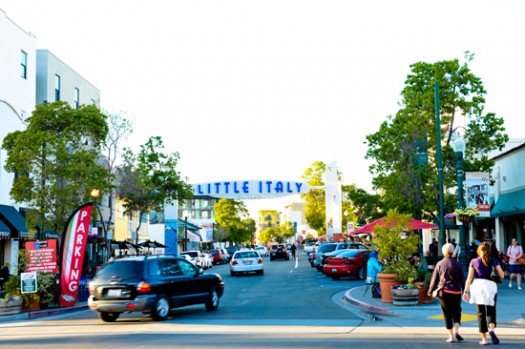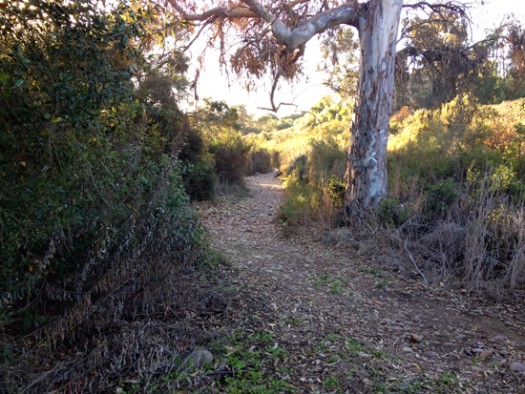A Placemaking Journal
Next Urbanism Lab 04: Dare to live outdoors
 As we re-populate our downtowns, and watch the crime statistics drop, people are seeing safety in numbers. Jane Jacobs was right about eyes on the street reducing crime. With the sense that it’s indeed safe to be in cities again, it appears that citizens are re-learning how to be connected in an urban context. Downtown’s street cafes, shops and plazas, filled with activity, are proof that we’re succeeding in bringing people back downtown. Safely.
As we re-populate our downtowns, and watch the crime statistics drop, people are seeing safety in numbers. Jane Jacobs was right about eyes on the street reducing crime. With the sense that it’s indeed safe to be in cities again, it appears that citizens are re-learning how to be connected in an urban context. Downtown’s street cafes, shops and plazas, filled with activity, are proof that we’re succeeding in bringing people back downtown. Safely.
This wasn’t always so.
For many, perhaps the majority, of us, our suburban lives were spent sealed in air-conditioning, interspersed with moments of purported discomfort as we transitioned between the homes, cars, McMansions, big boxes, gyms, schools, Olive Gardens, and Arby’s drive-thrus that characterized our daily lives. Suburban yards became meaningless, as were the landscape berms surrounding our banal office parks and multi-family apartments.
But rest assured: they were all very safe.
During the depths of our great suburbanization in the US West, probably around 1971, our downtowns were thoroughly de-populated. Since then, we’ve rebuilt our urban cores with a suburban sense of security being paramount. Today, at the confluence of the Great Recession, Peak Energy and the Religion of Sustainability, I recommend that we again ‘Dare to Live Outside.’
In our age of dangling austerity, our downtown buildings have shrunk from tall, secure, Glam-couver model towers to more modest 5 over 1 mid-rise buildings. These buildings can be assembled in a variety of ways on the block and are more nimble than towers to produce both great intensity and connectivity. This connectivity between buildings establishes an architectural language between blocks that can be used to purposely craft a ‘community character.’ Something I discuss in greater detail here:
The wish for sustainability and energy efficiency has permeated our society and building profession. This has led us to the rediscovery of windows that can be opened and closed, a step towards unsealing our lives. Today’s less expensive mix of low-to-mid-rise buildings does not create the wind tunnel effect more expensive full-block towers create for pedestrians and inhabitants wanting to open windows.

Little Italy – One of San Diego’s best urban neighborhoods. Well-connected, mid-rise, and fun.
Being a pedestrian, or one of our ever increasing army of bicyclists, is a proven step towards unsealing ourselves from an air-conditioned lifestyle. I first came across this concept from the brilliant Steve Mouzon. He talks about “living in season,” and the need for us to acclimate ourselves to our local environment in order to be more energy efficient. In San Diego, my home, this would appear to be an easy concept to implement. However, a recent study reported that 76% of us still drive alone to work every day, with another 10% carpooling, while just 14% use transit, bicycle, walk, or work at home.
Richard Louv, author of The Nature Principle and Last Child in the Woods, will speak at this year’s Congress for the New Urbanism on our need for and value of re-connecting with the great outdoors. And in November 2012, the San Diego City Council dedicated 6,600 acres, about 10 square miles, of publicly-owned urban canyons for the public to recreate in and enjoy. Our canyons provide a well-defined edge for our urban neighborhoods as well as a place to connect with nature and the outdoors. Just as Seattle has its sound and Salt Lake City its Wasatch Front, I was fortunate to have worked along side the San Diego Canyonlands advocacy group in preserving San Diego’s defining mesas and canyons.

San Diego’s newly protected Canyonlands.
Today, kids in San Diego can easily access nature, as the ability to live/teach/play outdoors is within a comfortable walking and biking distance from every urban neighborhood. We can again connect with our climate and place — another step towards unsealing ourselves from our hermetic suburban environment(s).
The true value of urbanism occurs when we are able to interact with one another… both inside and outside. These connections will redefine our ability to both endure and thrive in the 21st century.
If PlaceShakers is our soapbox, our Facebook page is where we step down, grab a drink and enjoy a little conversation. Looking for a heads-up on the latest community-building news and perspective from around the web? Click through and “Like” us and we’ll keep you in the loop.


